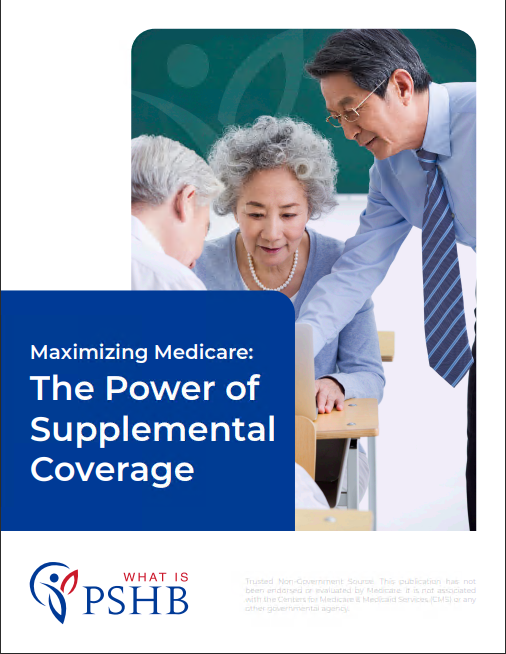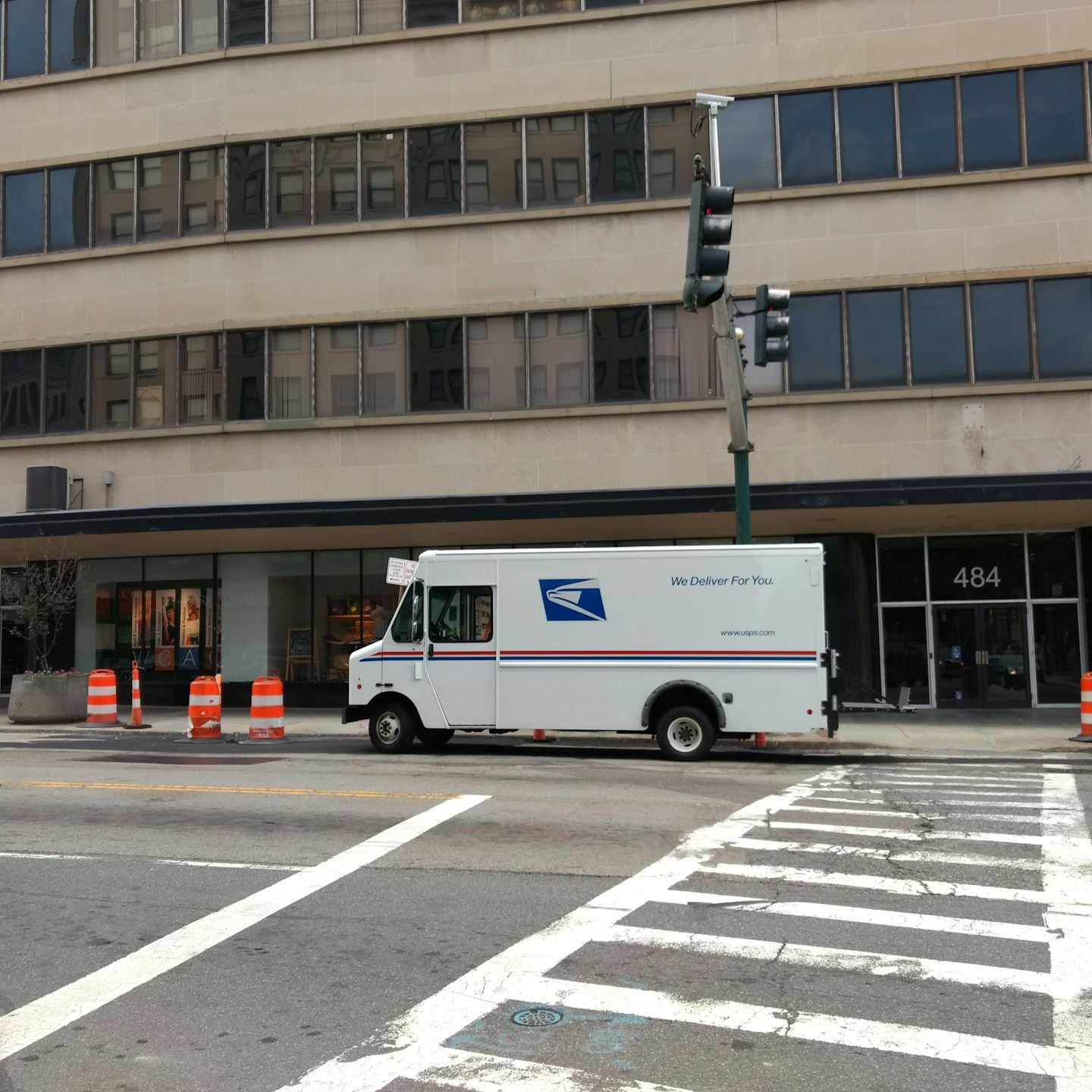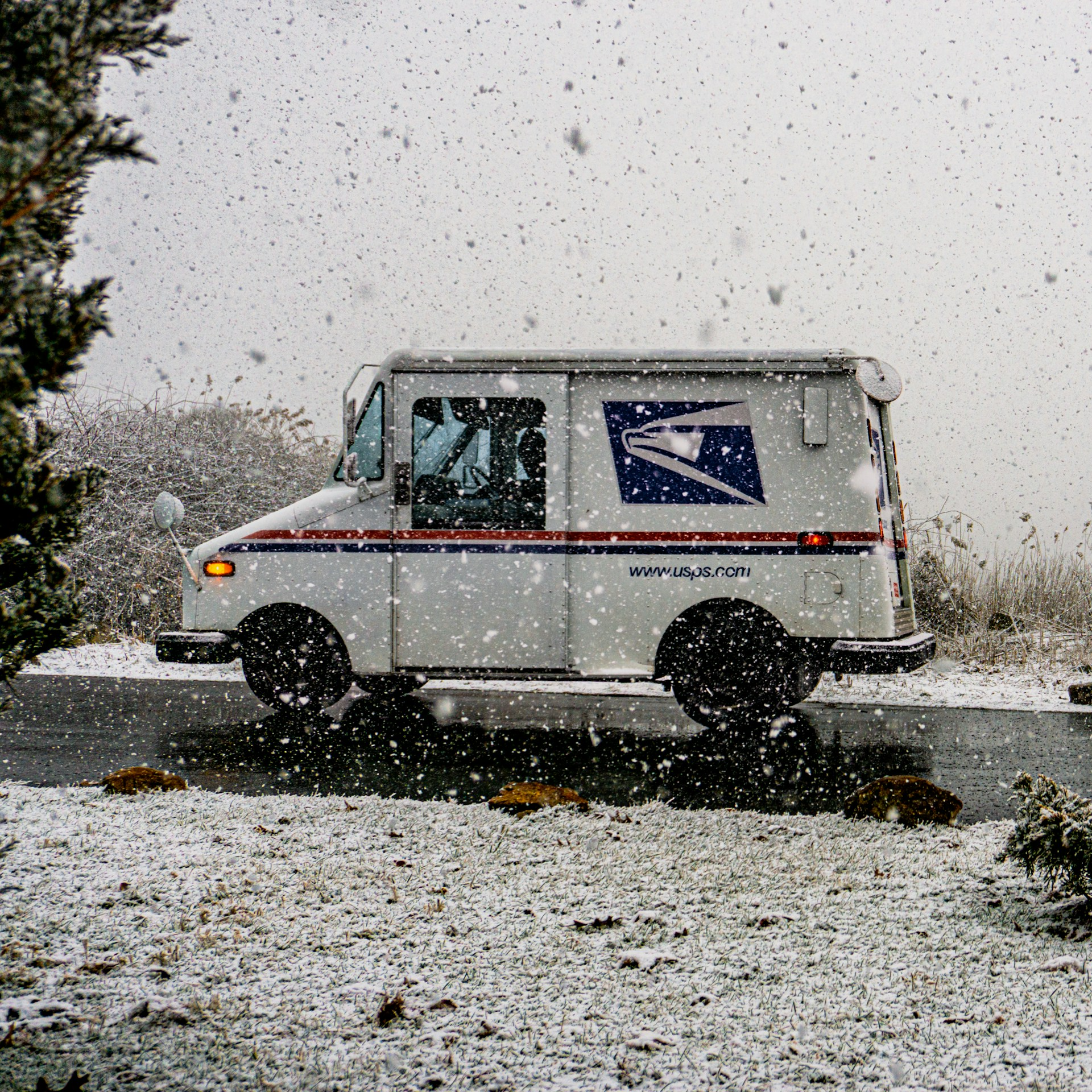Key Takeaways
-
In 2025, Medicare Part D introduces major changes, including a $2,000 out-of-pocket cap for prescription drugs, reshaping how you budget for medications.
-
As a USPS retiree or employee, understanding how your Postal Service Health Benefits (PSHB) plan interacts with Medicare Part D is crucial to making informed coverage choices.
How Medicare Part D Works in 2025
Medicare Part D provides prescription drug coverage through private insurance companies approved by Medicare. These plans cover a portion of your medication costs, but as a USPS retiree or employee, your situation may be different depending on whether you have other coverage through the Postal Service Health Benefits (PSHB) program.
Key Features of Medicare Part D
-
Coverage Phases: Medicare Part D consists of three main coverage stages: deductible, initial coverage, and catastrophic coverage. The coverage gap (previously known as the “donut hole”) has been eliminated. Once you spend $2,000 out-of-pocket, catastrophic coverage takes effect, and your plan covers 100% of your drug costs.
-
Formularies: Every Part D plan has a formulary—a list of covered drugs. These lists are subject to change, so you’ll need to review yours during the annual Medicare Open Enrollment Period.
-
Tiers and Costs: Medications are placed into different tiers, affecting the amount you pay. Higher-tier drugs often have higher copayments or coinsurance.
-
Preferred Pharmacies: Some plans offer lower prices at specific pharmacies, which can be important for controlling costs.
-
Mail-Order Options: Many Part D plans offer discounted rates for 90-day mail-order prescriptions, which can help you save money.
-
Specialty Drugs: If you require high-cost specialty medications, it’s important to check how your plan covers them and whether there are specific restrictions.
What Changes in 2025?
The $2,000 Out-of-Pocket Cap
A major shift in Medicare Part D for 2025 is the introduction of a $2,000 out-of-pocket maximum for prescription drugs. Once you hit this cap, your plan covers 100% of covered drug costs for the rest of the year. This change replaces the previous system where enrollees had to pay 5% of drug costs even in the catastrophic phase.
This cap provides significant financial relief, especially for those who rely on high-cost medications. If you regularly pay high prescription drug costs, this change means that once you hit the $2,000 threshold, you won’t have any additional expenses for covered drugs for the remainder of the year.
The Medicare Prescription Payment Plan
Another new feature in 2025 is the Medicare Prescription Payment Plan, which allows you to spread your out-of-pocket drug costs throughout the year instead of paying large amounts upfront. This can be beneficial if you take high-cost medications and prefer predictable monthly payments.
You’ll need to enroll in this program if you wish to take advantage of it, so be sure to check your plan’s details and decide if it fits your financial situation.
How These Changes Affect USPS Retirees and Employees
As a USPS retiree or employee, you likely have access to the Postal Service Health Benefits (PSHB) program. If you’re already enrolled in Medicare Part B, your PSHB plan may automatically include a Medicare Part D Employer Group Waiver Plan (EGWP) for prescription drug coverage.
Key Impacts of Medicare Part D Changes on USPS Retirees
-
Automatic Enrollment: If your PSHB plan includes an EGWP, you might not need to sign up for a separate Part D plan.
-
Cost Coordination: If you have both PSHB drug coverage and Medicare Part D, check how costs coordinate to avoid paying more than necessary.
-
Reimbursement Benefits: Some PSHB plans may offer premium reimbursements for Medicare Part B enrollees, which could impact how you evaluate your overall healthcare expenses.
-
Plan Comparisons: Since PSHB plans often include robust prescription coverage, you’ll want to compare costs and benefits carefully before making any changes.
Key Deadlines and Enrollment Periods
If you’re considering enrolling in or changing your Medicare Part D plan, it’s important to keep these key dates in mind:
-
Medicare Open Enrollment: Runs annually from October 15 to December 7. Any changes you make take effect on January 1, 2026.
-
Special Enrollment Periods (SEPs): You may qualify for a SEP if you lose employer-sponsored coverage, move to a new service area, or experience other qualifying life events.
-
Initial Enrollment Period: If you’re enrolling in Medicare for the first time, your Initial Enrollment Period begins three months before your 65th birthday and ends three months after your birth month.
What to Consider When Evaluating Your Coverage Options
When deciding on prescription drug coverage, consider these factors:
-
Are Your Medications Covered? Check your plan’s formulary to ensure your medications are included and note any tier changes.
-
Total Costs Beyond Premiums: Look at deductibles, copays, and out-of-pocket costs in addition to monthly premiums.
-
Pharmacy Networks: Some plans offer better pricing at specific pharmacies. Make sure your preferred pharmacy is covered.
-
Coordination with PSHB: If your PSHB plan includes drug coverage, compare it to standalone Part D plans to see which offers the best value.
-
Monthly Payment Plan: If high upfront costs are a concern, the new payment plan may be a good option.
Making the Most of Your Benefits in 2025
To maximize your Medicare Part D benefits:
-
Use Generic Drugs When Possible: Generic medications typically cost less and are covered on lower tiers.
-
Explore Mail-Order Pharmacy Options: Some plans offer discounts for 90-day supplies through mail order.
-
Take Advantage of Preventive Services: Certain vaccines and preventive medications are covered with no cost-sharing.
-
Review Your Plan Annually: Since formularies and costs change yearly, reassessing your coverage can help you avoid surprises.
-
Check for Extra Help Programs: Some enrollees qualify for financial assistance programs that can lower prescription costs.
-
Understand Your Plan’s Appeals Process: If a drug is denied coverage, you may have options to appeal the decision.
What You Should Do Next
The 2025 changes to Medicare Part D aim to make prescription drug costs more predictable and affordable, especially with the new $2,000 out-of-pocket cap and payment plan option. If you’re a USPS retiree or employee, understanding how these updates interact with your PSHB plan is essential for managing your healthcare costs effectively.
For professional guidance tailored to your situation, reach out to a licensed agent listed on this website who can help you make informed decisions.













